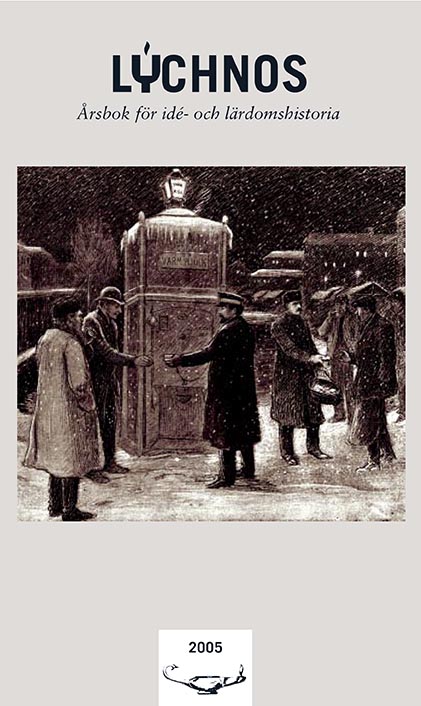Nordens koordinater
Vetenskapliga konstruktioner av en europeisk region 1770–1850
Abstract
The European perception of the North has its roots in the ancient worldview, with its general division between the known and civilized world and the unknown, barbarian North. This ”wide” North included Iceland and Scandinavia as well as Russia and today’s Eastern Europe, and could even cover parts of Asia. It dominated the European perception of the North until the eighteenth century. About 1800, the concept of a wide North was paling before the emergence of a new, geographically reduced construction: the North as Scandinavia. At the same time, the term ”eastern” was loosing its exclusive meaning of ”oriental”; henceforth, it referred to the – from our perspective – eastern parts of Europe.
This essay is about the attempts made by German and Scandinavian scholars to define and locate the region during the eighteenth and early nineteenth century. They started to do systematic research on the North and therefore had to define their object. In the beginning, their studies were characterized by the cosmopolitan and global ideas of the Enlightenment, but scientific specialization and differentiation soon led to a fragmentation of their subject. Nation-building and the search for national identity resulted in the national division of the North. Against the background of an increasing interlocking between science and politics, the North was adapted to the needs of the nation state. The North became an ideological construction.
Downloads
Publicerad
Nummer
Sektion
Licens
This work is licensed under a Creative Commons Attribution 4.0 International License. The copyright for the work published in Lychnos remains with the authors.


